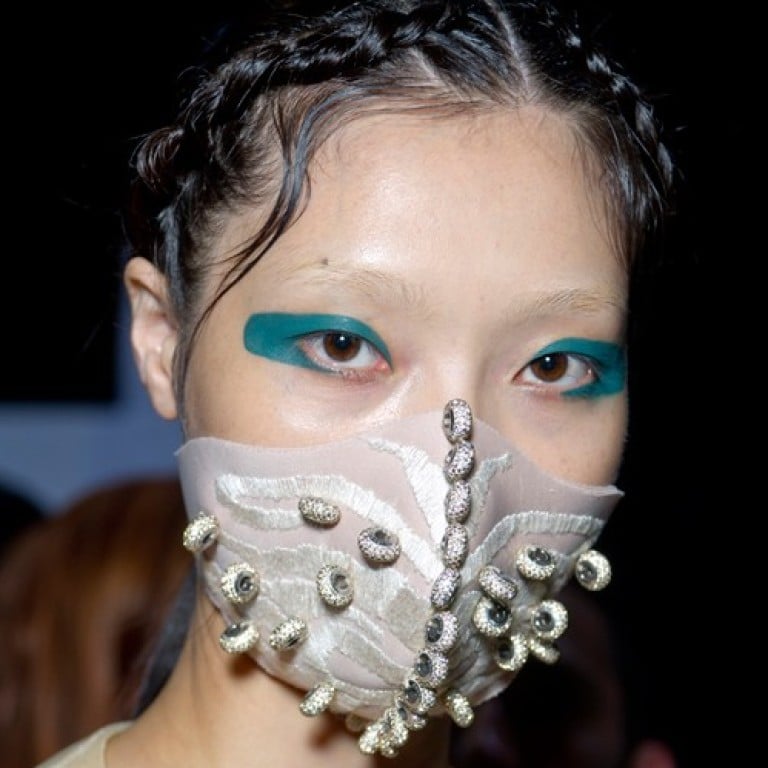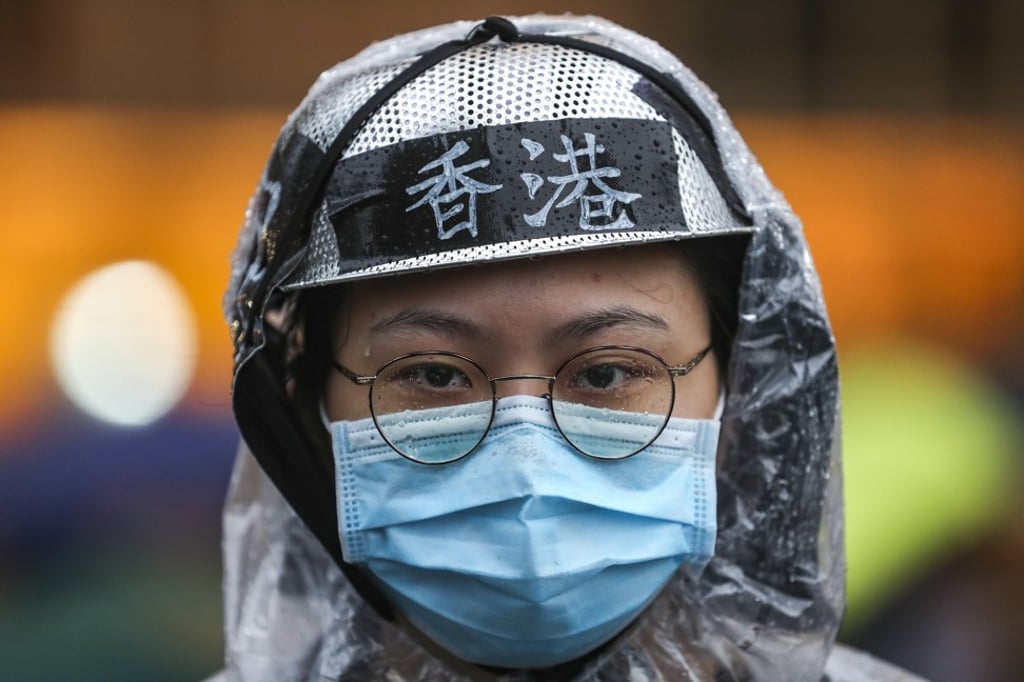How did the face mask - a symbol of Hong Kong's anti-extradition bill protest - become a fashion accessory?

Now that everyone from designers to social media influencers and musicians are wearing these protective accessories, the surgical mask has become a fashion statement
No one seems to know exactly when the practice of wearing a surgical mask onto a crammed rush-hour train happened, but just look at any major East Asian city and you’ll spot several commuters sporting them.
Cut to 2019: cities around the world have begun to see a spike in air pollution, and as a result, face masks have increasingly become a necessity when stepping outside. At the same time, they have also become a symbol of resilience in political movements, such as in the case of the pro-democracy street activists in Hong Kong who use them to hide their faces from the CCTV cameras that monitor them like hawks from overhead poles.

The masks could be used to somewhat survive the effects of inhaling diesel-laden, foul air, or to prevent the spread of common airborne illnesses. If either is not a pressing concern, of course, one could simply use them as a fashion accessory.
In July of this year, supermodel Naomi Campbell posted her preflight routine on her delightful YouTube channel, confessing her deeply entrenched fear of people coughing and sneezing on aeroplanes. Lo and behold, a black face mask made an appearance.
Even if Campbell didn’t wear it on a runway, face masks have been headlining for a few years now. When the QIAODAN Yin Peng Sports Wear Collection debuted its respiratory masks at China Fashion Week in 2014, it made global news.